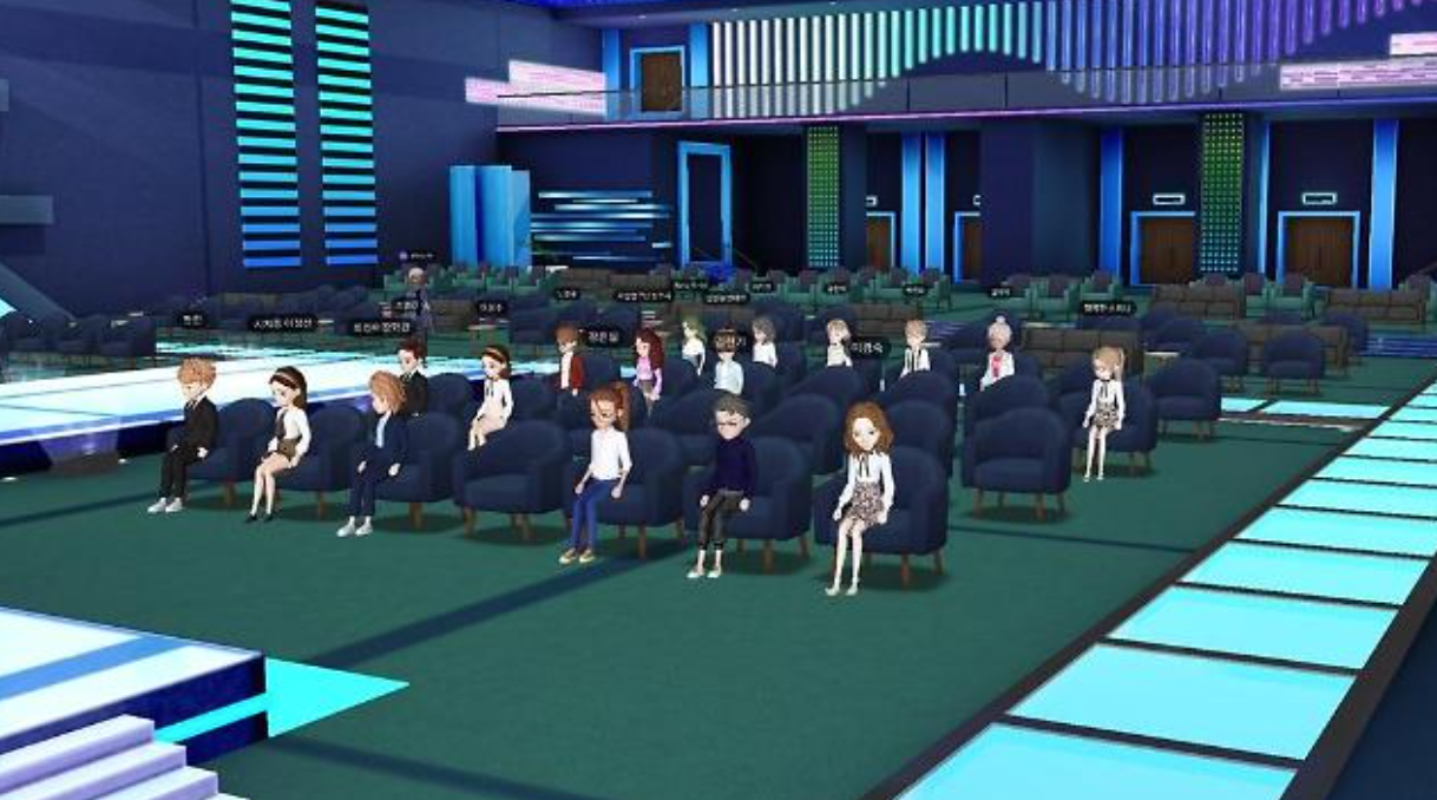WEB 3.0 and the metaverse are expected to have a huge impact on how we live our lives, just as Web 2.0 and the internet did.
Through augmented reality (AR) and virtual reality (VR), the metaverse will be able to bridge the gap between the physical and the virtual world.
One of a number of ways the metaverse could be pivotal is education.
The remote capabilities, coupled with the endless virtual possibilities, could transform schooling as we know it.
But, how?
Students and teachers could meet up in a virtual space through their virtual reality headsets regardless of their location.
This could lead to enhanced education for people in disadvantaged corners of the globe.
Imagine a classroom full of students wanting to learn about history.
These students are based in various countries and continents around the world, and their teacher travels, visiting new places to increase their knowledge.
Sign up to get our weekly and monthly metaverse news round-ups direct to your inbox
The visual possibilities of education in the metaverse are also much greater.
Virtual reality will allow children to ‘visit’ places from the past or conduct experiments in a safe environment, enhancing a child’s learning with experiences instead of just reading from a book.
While no simulation can match seeing the Taj Mahal, the Great Pyramid of Giza, or the Great Wall of China in person, a virtual tour for students can be the closest second.
The teacher can show students in an immersive 3D environment what they’re learning about, making lessons more engaging.
No longer will children have to sit bored in a classroom and instead can be excited about learning.
This all may sound like a very far-off concept, but similar situations already exist.
In the Spatial metaverse, for example, an Australian teacher has created an educational metaverse for high school students.
There are currently 14 worlds, including the “Nautius” world where students can explore the Great Barrier Reef and “Da Vinci’s Forces Gallery” where students can see how Da Vinci’s inventions actually move and work.
The Optima Classical Academy, a school in Florida in the US, has already embraced the new technology and announced its intention to establish a virtual school, commencing from August 2022.
The school will equip up to 1,300 students with Oculus headsets so they can participate in virtual lessons.
Students will be permitted to choose their own course of studies and select projects and tasks scheduled as live VR sessions.
This could take them from Ancient Egypt for history to space for astronomy.
The typical school day will be divided into four hours of live tutorials held in the metaverse classroom as well as four hours of independent study and coursework.
Virtual reality headsets and controllers are also designed to feel natural and can replicate movements.
As a result, for example, educators could use this to teach students how to write.
Once the children are out of the metaverse and back into the real world, they’ll have muscle memory and reliving their learned experiences won’t feel any different.
In the metaverse, teachers will also have control over student interactions and can prevent bullying or separate children for disciplinary purposes by simply changing permissions.
This way, children can focus on learning instead of worrying about other distractions.
But, what are the negatives?
While there are plenty of positives to education in the metaverse, there are also some downsides.
Children with disabilities such as vision and hearing problems would need special accommodations which they might not be able to receive.
If a hearing-impaired child from South Korea for example wants to attend a metaverse class hosted by a British school, it’s unlikely the school would be able to cater for the student.
If a student utilises the metaverse for education and entertainment, they’ll also be clocking up tens of hours a week in the digital world and might be neglecting their life in the real world.
And there’s also accessibility.
Headsets are expensive to purchase and for metaverse education to thrive, it must become easier for families to acquire them.
Otherwise, education in the metaverse will be limited to a select few and not the majority.
Follow 24/7 Crypto on Twitter for the latest news and developments as they happen
